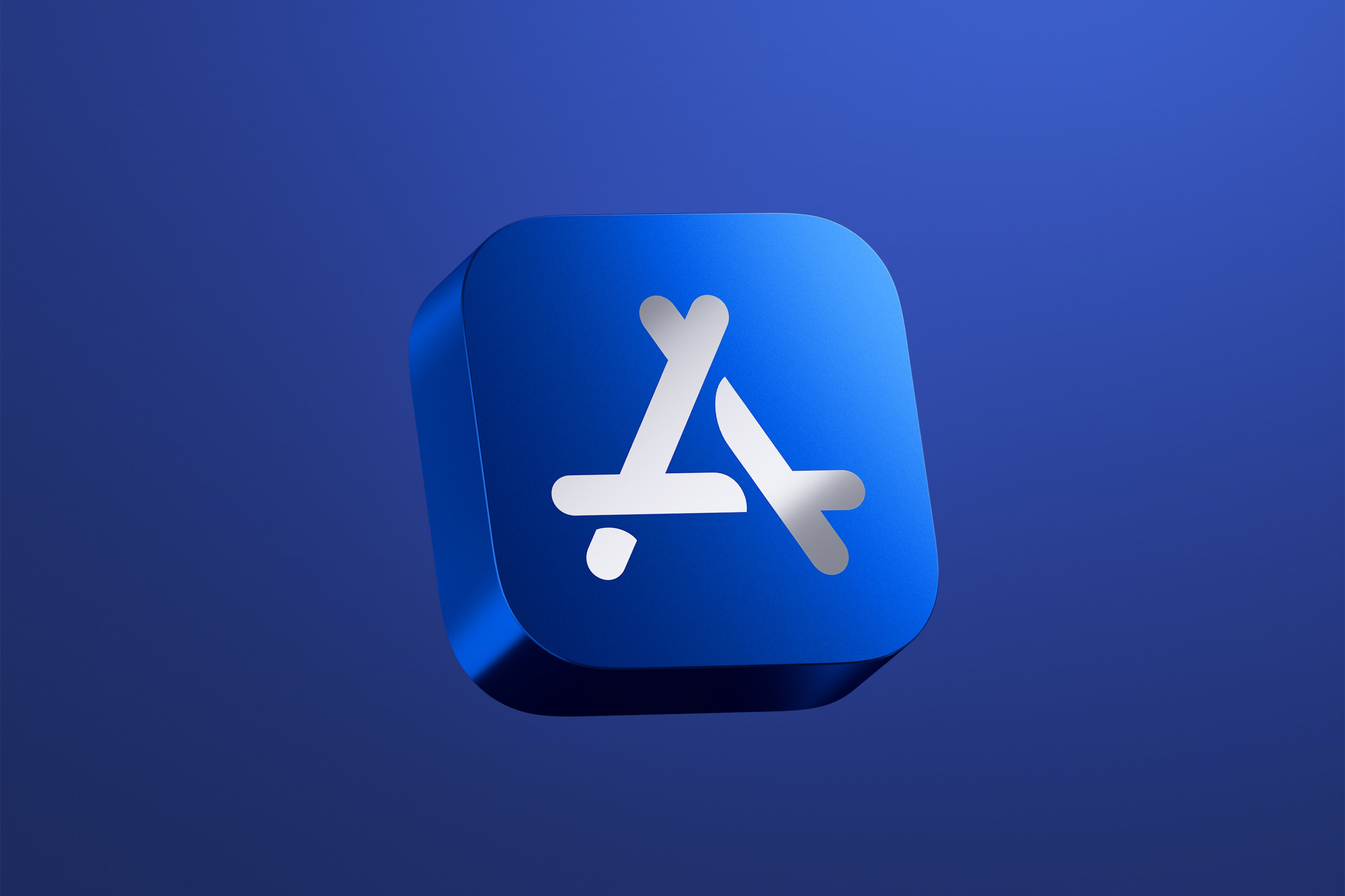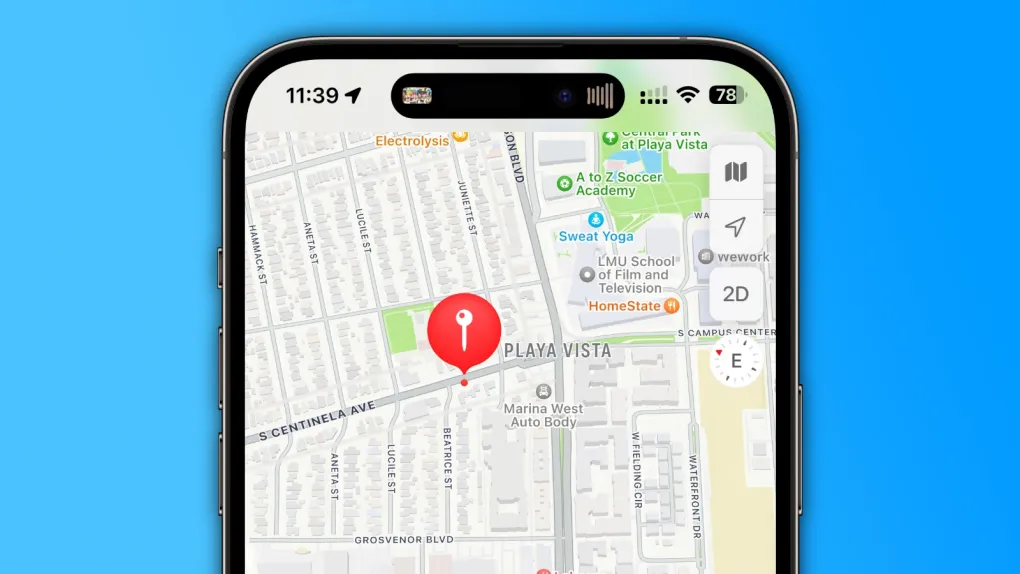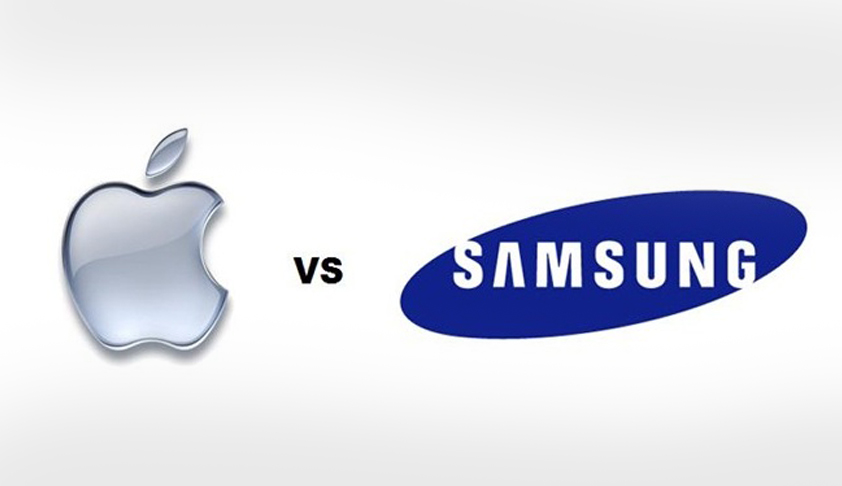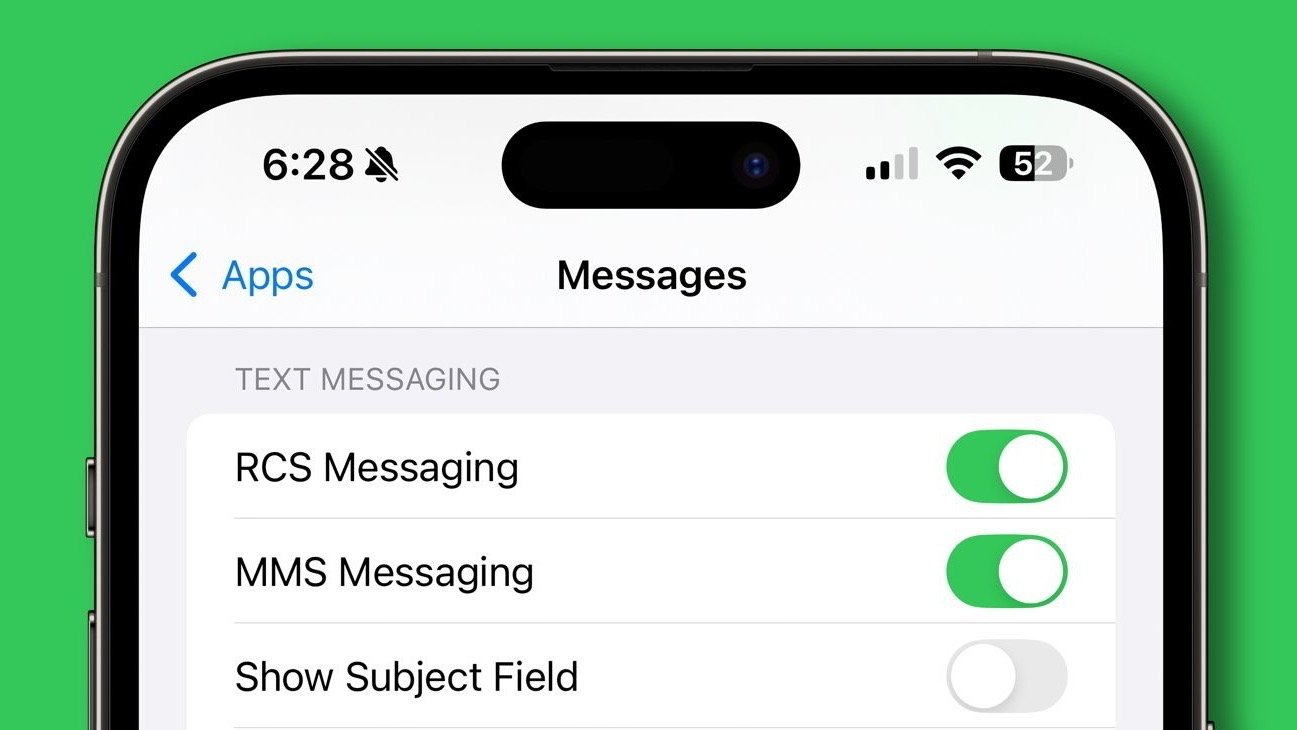Next week, Apple will have to explain its App Store practices in Brazil due to an ongoing antitrust investigation. The Brazilian competition authority, known as Cade, has been looking into whether Apple’s rules for the App Store are fair to other companies.
Antitrust Scrutiny in Brazil
Cade is holding a public hearing to talk about competition issues in the world of mobile apps, especially on iOS devices. Google will also be there since it’s under similar scrutiny for its Android platform.
According to local news sources, the hearing is meant to address the increasing complaints about unfair business practices in digital markets, focusing on how mobile devices and their operating systems operate.
Complaints and Investigations
Companies like Match, which runs Tinder, and Epic Games, famous for their battle with Apple over Fortnite, have made complaints to Cade about both Apple and Google. These firms argue that Apple and Google have rules that hurt competition. Representatives from these companies are expected at the hearing.
Cade’s investigation into Apple started when Mercado Libre, a big e-commerce player in Latin America, claimed that Apple forces developers to use its payment system for digital goods, which could stifle competition. There’s also a concern about “tying,” where Apple links the use of one product to another, potentially anti-competitive practice.
Previous Rulings and Appeals
Last year, Cade decided that Apple couldn’t stop developers from selling apps outside the App Store in Brazil. Apple was supposed to follow this rule within 20 days or face daily fines of over $40,000. However, after Apple appealed, a judge decided they didn’t need to change right away, giving them more time to argue their case.
The outcome of this case could mean big changes for how Apple’s App Store operates in Brazil if Apple doesn’t win the appeal.
Looking Ahead
The Brazilian government is also planning to look into how other big tech firms like Meta and Amazon do business, showing that this hearing might just be the start of broader regulatory actions. All this comes at a time when international trade tensions, like those hinted at by former US President Trump’s tariff threats, could influence tech policy globally.








